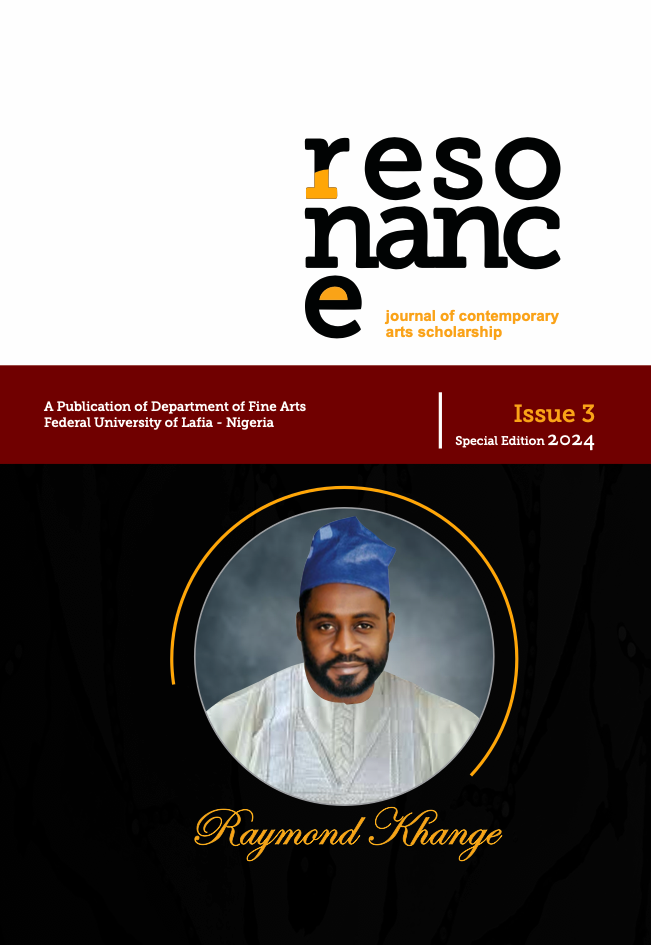ANALYSING A BURNT SITE IN PAINTING AS A METAPHOR FOR REBIRTH AND RESILIENCE
Abstract
The imagery of a burnt site signifies destruction and loss, but it also presents an opportunity for transformation and renewal. The burnt soil is essentially heavy and sticky clay that has been heat-treated to change its structural properties. It is often combined with compost which forms the organic, water-retentive component of the growing mix. A growing mix made up of one part of burnt soil and one part of compost is ideal for growing plant. A burnt place provides one with a sense of destruction, disaster, loss, and, a place of an overwhelming black, subdual and th societal 'extinction'. Jos main market got burnt on 12 February, 2002. The main market prided itself as the largest indoor market in West Africa. A twin bomb blast of May 20, 2014 further rocked the market vicinity, killing hundreds of people, while parts of the market were also razed in November, 2016. It was the economic centre of the state. 'In the aftermath of chaos, amidst the ruins and remnants, there stands a haunting symbol of resilience and destruction of the fallen walls of the Jos burnt market,' (Dankyes, 2024). Like a wounded warrior clawing against the ravages of time, these scorched remnants bear witness to the fragility of human endeavours, while whispering tales of loss, despair, and the potential for rebirth. There is also psychological impact of witnessing the destruction of a familiar and essential space such as the Jos main market. A viewer can emotionally connect with the artworks that portray the feelings of loss, desolation and hope in them. The burnt site of the market presents a disaster that has befallen the market, and has decapitated all existing glory and beauty that the market had. The burnt market now represents the destruction caused by the fire. The fallen walls in a deeper interrogation, symbolize the crumbling of structures and the breaking down of established systems. This metaphorically represents the loss of livelihood, community and stability of the economy


